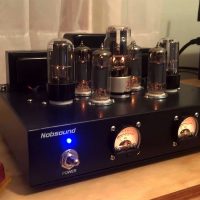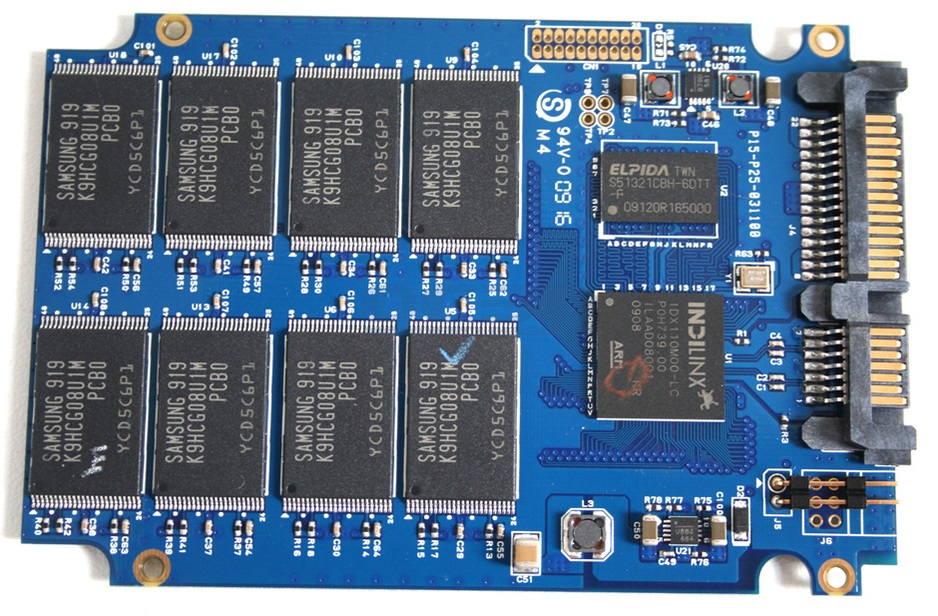Vacuum Tube vs Solid-State

Almost everyone has headphones. Sooner or later, many music lovers begin to listen more deeply to the music or the sound of the film, paying attention to the smallest details. And a portable device (smartphone or laptop), of course, has great limitations, having learned about which, everyone will encounter such a category of electronics as a headphone amplifier.
What is the difference from a conventional amplifier?
Listening to music through headphones arose and developed almost simultaneously and in parallel with listening through speakers. Amplifiers or stereo receivers had a jack on the front panels that included headphones.
The signal to this connector came from the output of the same power amplifiers that worked on the speakers – when the headphone cable plug was installed in this jack, the speakers were disconnected from the amplifier output using a simple mechanical disconnector. Of course, the power level given by the amplifier would be too high in this case, so the signal level from the amplifier output was lowered before using the so-called resistive divider before being fed to the headphone jack. This decision did not affect the sound quality in the best way.
With the increasing sound quality of headphones and their popularity among music lovers, the task of creating special amplifiers for them arose. In addition to the small power safe for hearing, such amplifiers should have been designed to work with a relatively high-impedance load, which is usually a headphone. And also, the sound character of these amplifiers was supposed to exclude any noise and distortion.
Today on the market are tube, transistor and hybrid designs that operate in various amplification classes using push-pull or single-cycle circuits. You can read a lot of reviews about the best tube headphone amplifier which help you to choose the device.
Tubes vs Transistors
Now the only specific headphone amplifier at the present time, which has practically no analogues in the class of amplifiers for acoustics, are tube designs without the use of output transformers. Since for headphones whose resistance can be 100 Ohms or more, the need for such a transformer disappears, especially when using certain circuit solutions. This greatly simplified the creation of tube headphone amplifiers, which led to many similar home-made without transformer designs.
However, the advantages of the transistor are its reliability, its miniaturization and the durability of its characteristics over time, hence its use in military applications. And the tubes have a more limited lifespan and must be changed regularly (several thousand hours of listening anyway). Transistor amplifiers have taken over in terms of sales because they are less expensive to manufacture, theoretically more reliable, and because of their miniaturization, easier to integrate into a box of dimensions compatible with our modern interiors. They are known to be more neutral, lower down, more powerful and easier to use. On the other hand, certain audiophiles reproach them for a sound that is too “electronic”, lacking in life, in heat, especially on the voices.
Design and sound
A tube amplifier is usually assembled from dozens of elements: lamps, resistors, capacitors, etc. transistor of hundreds and thousands. Everything is simple here – the fewer elements are in the signal path, the less they influence this signal. Tube companies collect amplifiers as carefully as possible approaching the selection of each element included in it.
In lamp designs, paper and paper-metal capacitors are widely used that play a priori better than electrolytic ones, hundreds installed in transistor devices. It is simply impossible to put paper capacitors in transistor amplifiers, since they require capacitors of 10 – 1000 microfarads. However, due to the high supply voltage and low current, it is enough to put 1 – 2 of such capacitors into the tube amplifier. In the cascades of the tube amplifier, extra small currents (compared with transistors) flow and they require capacitors that have tens of times less capacitance. Paper or film capacitors, which are universally installed in tube amplifiers, as well as lamps, are high-voltage elements with a small capacity compared to electrolytic ones of the same size.
With all these, why then invest in a tube amplifier? Quite simply because the sound reproduction on well-designed models is magical, full of life, warmth, humanity. There is often a powerful feeling far superior to the often-modest power advertised on this type of amplifier. The sound image is more realistic, the treble is less metallic than on a transistor and fits more naturally into the sound spectrum, the bass goes lower – and again, not always but seems more varied. Most importantly, the tube widens the gap in the medium, which is the part of the sound spectrum to which our ears are most sensitive. On a good tube amplifier, you no longer wonder, you listen to music, not sound.
